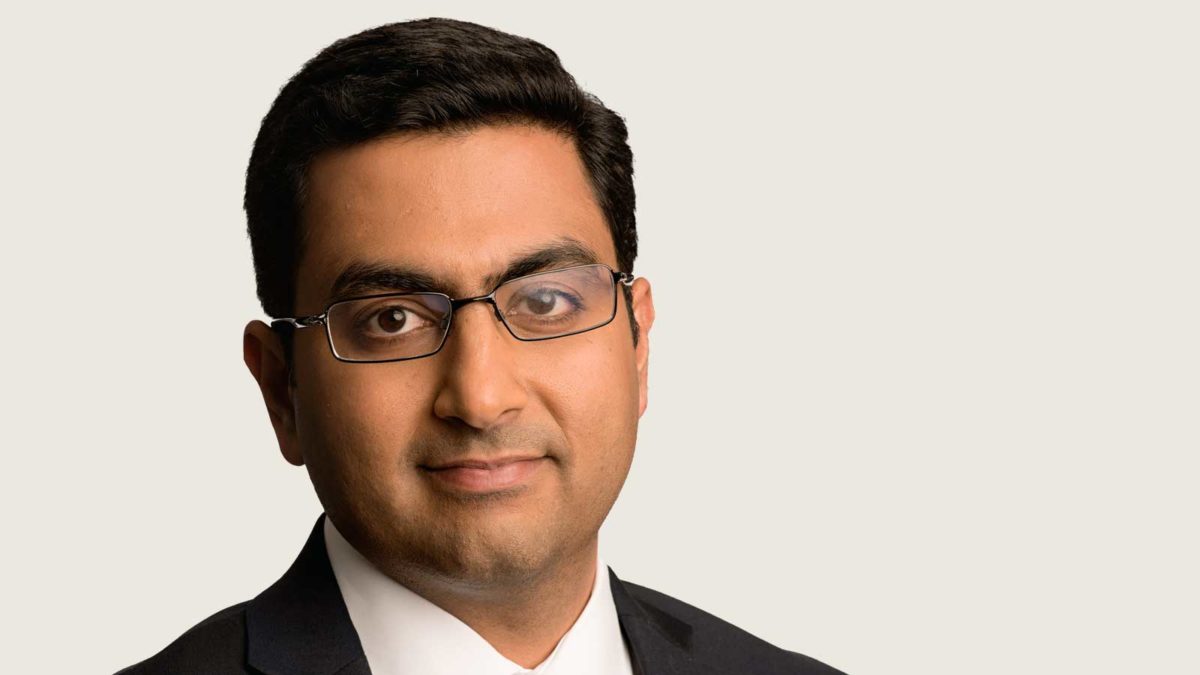How impact bonds spice up fixed income portfolios
As investors have looked to put more sizzle into their fixed interest portfolios for extra yield, a sector within the ESG universe has been, increasingly, providing just that – impact bonds.
For big super funds the main game has been integration of ESG principles throughout portfolios, including fixed income, and whatever allocation they may have made to impact bonds in the past would likely have been within an alternatives category, perhaps with credit, investment-grade, emerging market or private debt.
One ESG specialist, Calvert Research and Management, has not only built its whole business on ESG integration, it has also included impact bonds in its flagship fixed income strategy as a potential alpha enhancer.
The strategy is benchmarked to the traditional broad market index, the Bloomberg Barclays US Aggregate Bond Index, which it has beaten for the past 10 years.
Calvert, which became an affiliate manager of Morgan Stanley Investment Management this year, was among the first batch of managers to sign up to the UN’s Principles of Responsible Investing in April 2006. But the firm had already been managing ESG portfolios since 1982.
Calvert’s US$2.3 billion (A$3.2 billion) flagship fixed income strategy had 35.4 per cent of its assets in public impact bonds, globally, at the end of June, consisting of 26.9 per cent in green bonds, 6.5 per cent in social bonds and 2.0 per cent in sustainability bonds. The strategy has returned 4.16 per cent in the year to June (US Agg Benchmark minus 0.33 per cent), 5.58 per cent over three years (5.34 per cent), 3.71 per cent over five years (3.02 per cent) and 3.39 per cent over 10 years (3.75 per cent).
Vishal Khanduja, Calvert lead active fixed income portfolio manager and director of investment grade management and trading, said recently (August 24) that while ESG investing was in the firm’s DNA, the performance focus was on traditional fixed income markets.
“At Calvert, we have not broken up ESG and impact into separate strategies. Our goal is to beat the traditional benchmarks while meeting ESG principles,” he said. “We align our investment professionals’ incentives with the traditional benchmark and also aim to beat our peers over one, three and five years.”
He said the impact bond market globally had reached US$1.4 trillion and was now roughly the same size as the US high-yield market and just as liquid.
New issuances had kept pace with the increasing investor demand, he said, and the firm had not had to deal with any liquidity issues in recent times. The size and liquidity of the market was such that it allowed Calvert to be more passive with mandates and separately managed accounts if required.
The Calvert fixed income bond strategy had an additional benefit of being less risky, on average, than an equities portfolio with a similar ESG exposure.
As a long-established manager operating across the spectrum of investor segments, Calvert has a full range of strategies for the high-net-worth market.
Khanduja said that the fixed income team did not rely on a third party’s “stamp” to assess a green bond because of the depth of its own research. “We talk to the issuers and are significantly engaged before they issue the bond. Because of our experience, most will knock on our door first to get an opinion. And, when they come to the market, we will do our analysis and talk to other external parties.”
Calvert had increased its assets under management from US$12.3 billion in 2016 to US$36 billion as of June 30, 2021.










